Monitoring comprehension is one of my very favorite reading comprehension strategies to teach! It goes along with one of my favorite mantras, that reading is thinking.
We all know that the ultimate goal of reading is comprehension.
While strong readers may intuitively monitor their comprehension and use fix-up strategies naturally, this is a strategy that needs to be directly taught and reinforced for many readers.
Students need to learn to pause frequently (every paragraph or every page) to really ask themselves if they understand what is going on in the story.
Losing concentration can happen to all of us. If you’ve ever read a book in bed and come to the end of a page and realize you have no idea what you’ve just read, you might be able to relate to that.
Sometimes, comprehension is lost due to more serious reading challenges like a limited vocabulary or decoding difficulties that lead to a lack of fluency. This makes it even more important for students to monitor their reading to check for understanding and to use fix-up strategies to get back into the story.
Teaching students to regularly use metacognition, thinking about their thinking while reading, can help.
These books work well for mini-lessons about comprehension monitoring!
This post contains Amazon Affiliate links. If you purchase through one of these links, The Teacher Next Door, LLC receives a few cents on the dollar. This commission directly supports us as a small business and ensures that we can continue to create high-quality content for upper elementary teachers, like yourself! As always, the products shared are tried, true, and tested. Enjoy!
1. Something for Nothing
Something for Nothing by Phoebe Gilman is a retold Jewish folktale about a grandfather who, as a tailor, transformsd Joseph’s tattered blanket into many things.
2. The Noisy Paint Box
The Noisy Paint Box by Barb Rosenstock tells the story of a proper boy who one day opens his paint box to hear and see his paints singing and dancing. He then dares to put aside his proper ways and paint music.
3. Eyes that Kiss in the Corners
Eyes that Kiss in the Corners by Joanna Ho is a special story about loving and being proud of your Asian-shaped eyes.
4. The Magic and Mystery of Trees
The Magic and Mystery of Trees by Jen Green is a nature and science book that will educate readers about the unbelievable natural science of trees.
5. At Ellis Island
At Ellis Island by Louise Peacock follows a young girl as she explores the famous site, Ellis Island, and readers hear a myriad of voices from its past, telling stories of their journeys, their dreams, and their challenges.
6. Mrs. Katz and Tush
Mrs. Katz and Tush by Patricia Polacco is a Passover story about a young boy and an elderly Jewish woman, Mrs. Katz, who become friends over their shared concern for a lost cat named Tush.
7. Drum Dream Girl
Drum Dream Girl by Margarita Engle empowers young girls in its story about a girl who dared to be a drummer while living on a musical island where drumming was only for boys.
8. The Gruffalo
The Gruffalo by Julia Donaldson is a rhyming tale, where a small mouse stumbles upon a monster, but it’s not just any monster. It’s the real Gruffalo!
9. After the Fall (How Humpty Dumpty Got Back Up Again)
After the Fall (How Humpty Dumpty Got Back Up Again) by Dan Santat is a picture book about fear, anxiety, passion, and perseverance, as Santat explains just what it is that happens next for the famous Humpty Dumpty after his big fall.
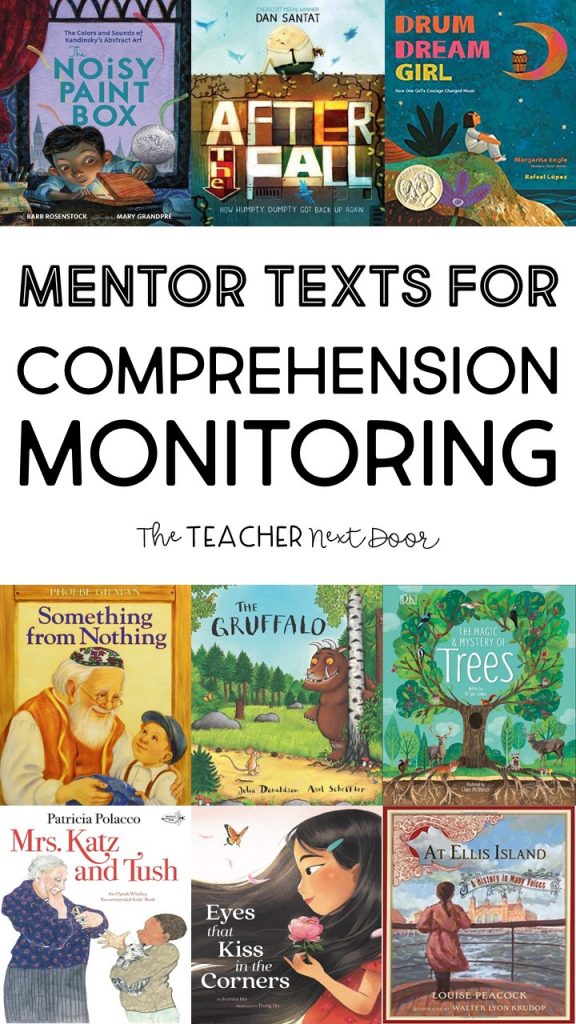
Here are a few more mentor texts for comprehension monitoring:
Fry Bread: A Native American Family Story by Kevin Noble Maillard
The Boy Who Harnessed the Wind by William Kamkwamba
How the Stars Fell Into the Sky: A Navajo Legend by Jerrie Oughton
The Crayon Man: The True Story of the Invention of Crayola Crayons by Natascha Biebow
The Oldest Student: How Mary Walker Learned to Read by Rita Lorraine Hubbard
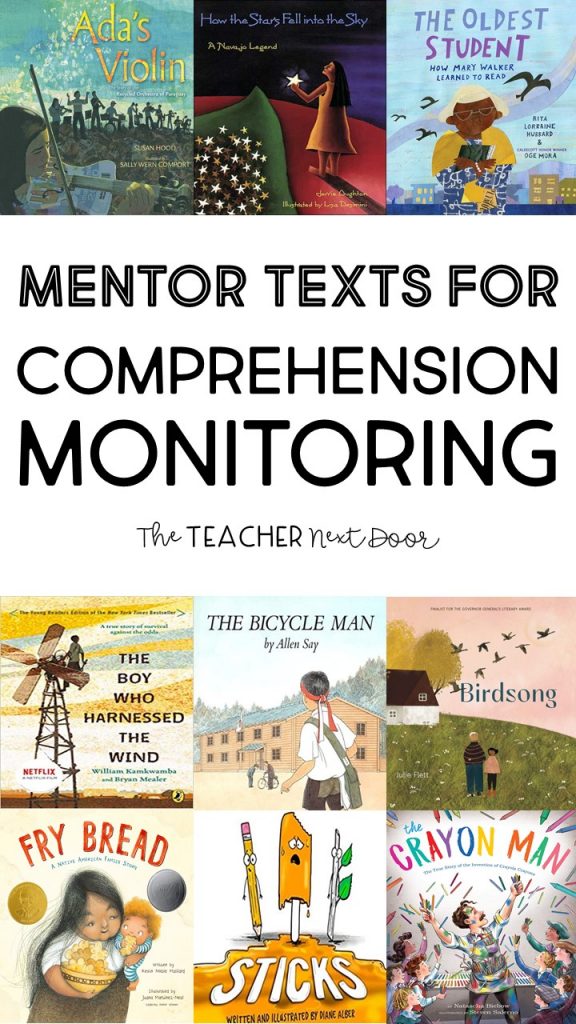
If you’re looking for reading resources to help teach about synthesizing, this one might help! It has anchor charts and graphic organizers that cover all 3rd – 5th fiction and nonfiction standards. My favorite thing is that they can be used with any book!
CLICK HERE to find out more about the Anchor Charts and Graphic Organizers for 3rd – 5th Grades.
Thanks for stopping by!

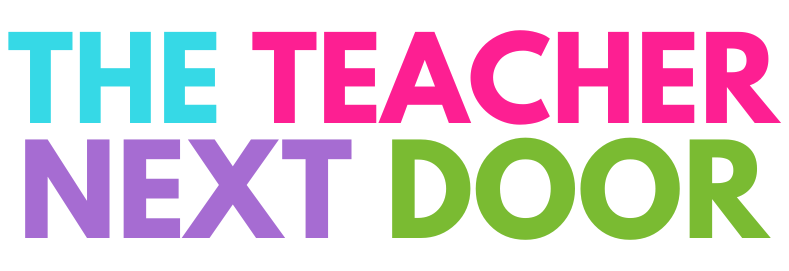


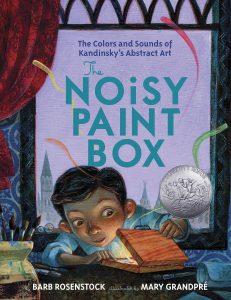







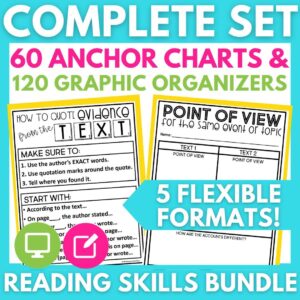


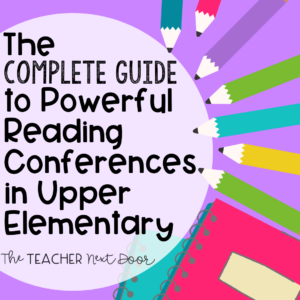





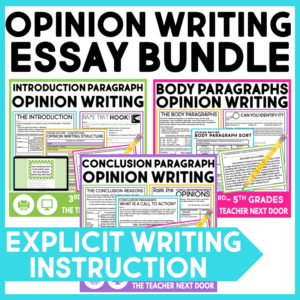



![DAY THREE DROPS! ⬇️⬇️⬇️
👉 Today, you can…
✔️ Grab done-for-you resources to keep your students engaged for $3
✔️ Grab FREE instant download activities!
✔️ Grab all of this week’s deals if you missed any!
ALL 5 of these comprehensive resources from my shop are $3 today to help fight spring fever in your classroom! 🌸🌼🌷
✏️ [BRAND NEW] Step-By-Step Personal Narrative Unit
✏️ Paired Texts Fiction to Nonfiction for Spring
✏️ 4th Grade Morphology & Vocabulary Unit
✏️ Main Idea Unit for 4th & 5th Grades
✏️ Figurative Language Complete Unit for Busy Teachers
Want the link to all the deals and freebies? Comment APRIL PARTY and we’ll send it directly to your DMs! 📫💌
PS - Don’t forget that you can still access all the Day 1 and Day 2 Deals too! 🩷](https://the-teacher-next-door.com/wp-content/plugins/instagram-feed/img/placeholder.png)

